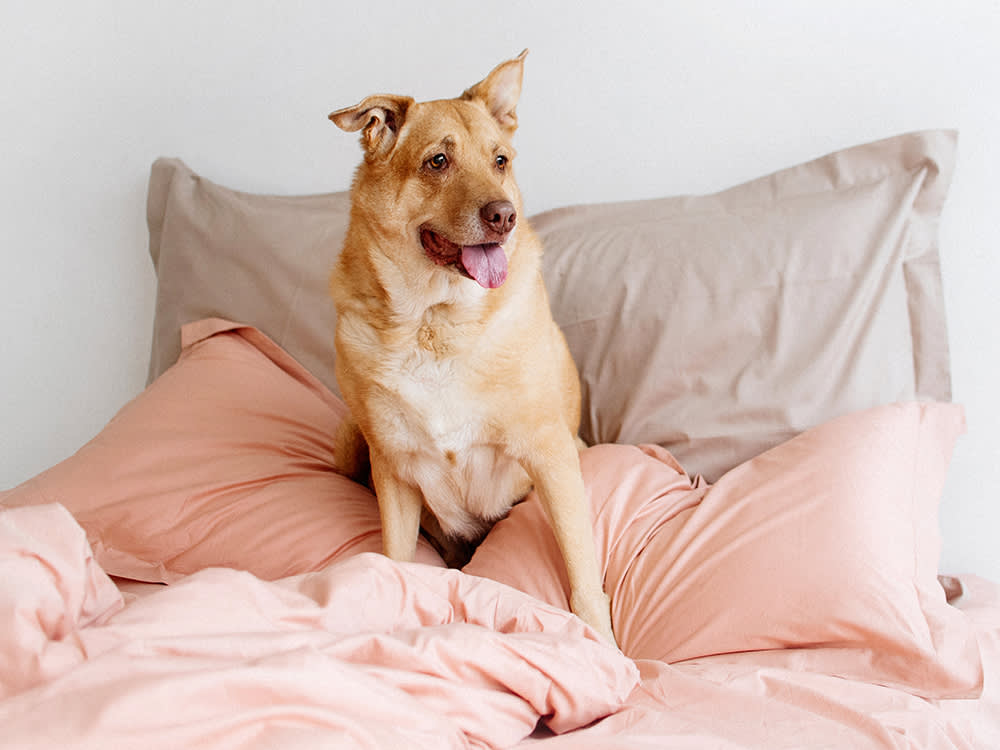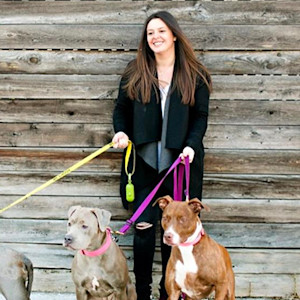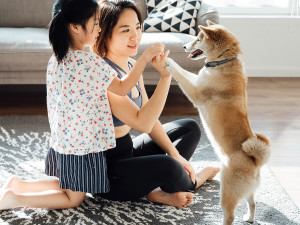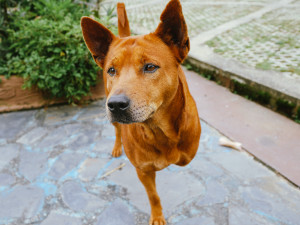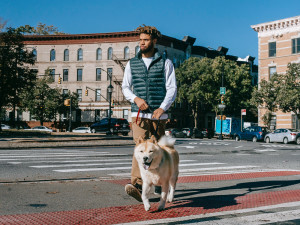The Rule Of Threes: Your Rescue Dog’s Major Milestones
What to expect in the first three days, three weeks and three months
No matter how Type A you consider yourself, bringing home a new dog is overwhelming. And by the time they actually arrive at your house, you may be so burned out on research, prep and all the logistics you had to sort in advance that you’re at a loss for what to do with them. (Cue the Who the hell are you? staring contest.) Don’t freak out: just remember the Rule of Threes and you’ll get through the getting-to-know-you phase just fine.
When it comes to dog development, you can expect your dog to go through pretty distinct ‘decompression phases’ in the first three days, weeks and months after they become your housemate. During these periods, it’s important to establish a routine and to set expectations for yourself and your pup – after all, this is a long-term commitment for the two of you. But don’t feel pressure to rush it: getting through the ups and downs of learning all about each other won’t happen in a day, a week, a month, or maybe even a year if I’m being honest. The Rule of Threes will just give you a running start.
The first three days
Think about the last time you were in an unfamiliar situation – maybe you felt shy and played the wallflower, or maybe you were totally energised and extended your hand to anybody who would shake it. People have different reactions to newness and so do dogs.
The first three days will likely be overwhelming, and every dog will react differently to suddenly being in a new place, with new smells and new people. Puppies may have always been with their siblings, and are now suddenly expected to sleep alone at night. Adolescent dogs may be unable to sit still, seemingly bouncing off the walls and eager to explore everything. And dogs of any age may all of a sudden have accidents, even if they are already house-trained. Some dogs may shut down, and some may act out. All of this is normal. Just remember that these first few days are not an indication of how your dog will be forever – for better or worse.
The best way to prep for this period is to set aside three days for scheduled, quiet integration. It’s tempting to have all your favourite people over to meet your new pup, but that can be too much for a dog that is in the middle of learning who is a safe person and what is a safe place. Set up a routine and keep it the same every day. For example, feed them in the same spot and go the same route on every walk – all at scheduled times. Soon, you’ll find your pup is relaxing and starting to show more of their personality.
The first three weeks
It takes three weeks for a dog to get through what I like to call the ‘honeymood period’. During that time, dogs are learning the rules of the new place. They probably aren’t barking at the doorbell because they don’t feel protective of their home yet, nor are they hoarding their toys because they may never have had creature comforts before and don’t even know what they’re meant for. They may not pull on the lead either because they’re still trying to figure out where they are.
On the flip side, behaviours like crying in the crate at night or guarding their food may be happening. Your dog is still unsure of what the next day will look like, and this can manifest in anxiety and general restlessness.
The best thing you can do is stay consistent. Work on simple training like recognising their name, sitting and going to their ‘place’ or bed. If your dog starts guarding their possessions, hire a professional trainer ASAP so you can nip this behaviour in the bud before it gets worse. And if you have other pets, carefully supervise all interactions between resident dogs since the novelty of a new playmate may wear off when they begin to realise they have to share their stuff. Make sure each dog has a designated safe space where they can go if they feel overwhelmed (or where they can safely be kept out of the way if need be). Stay consistent with walking schedules and gear to set good habits.
The first three months
After three months, your dog will finally be showing their true personality. They will have formed emotional attachments with you (and your other pets), they’ll understand that this is home, and they will have hopefully settled into a routine. If you’re still seeing negative behaviours, this is a good time to kick training into high gear. You may want to add more walks, obedience training, and mental stimulation to keep your pup happy. If everything isn’t perfect at this stage, that’s okay. Now’s the time to work with your pal to get it sorted for good.
